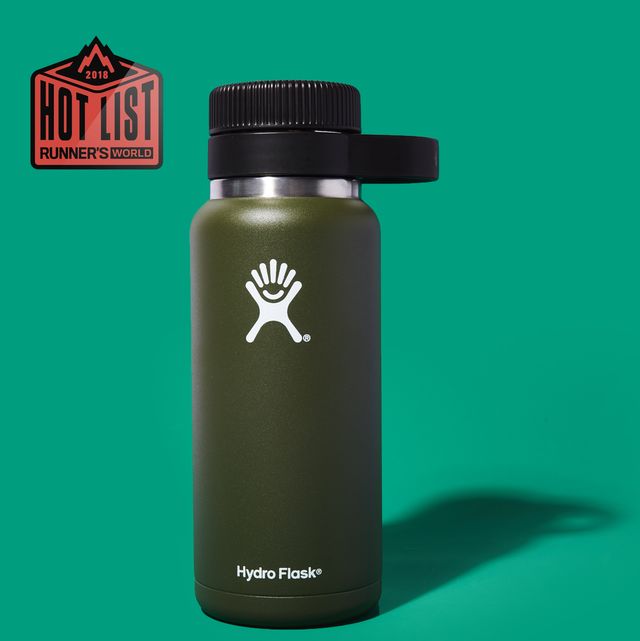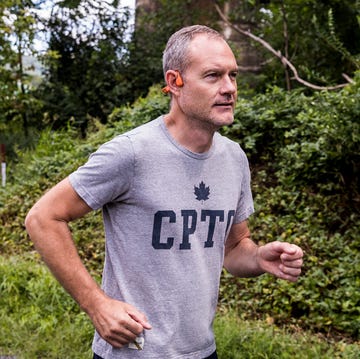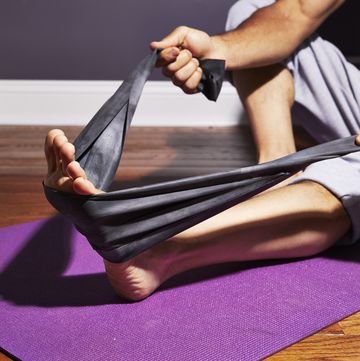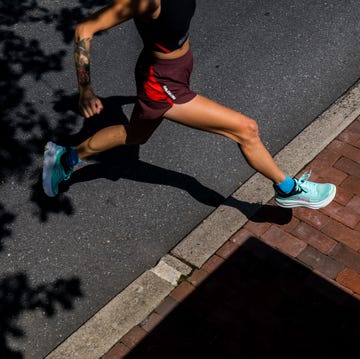Price: $45
Volume: 32 oz (also available in 64 oz—and five additional colors)
Type: Growler
The right bottle for: The remote runner and beer lover
This 32-ounce bottle from Hydro Flask is technically a growler, but the features designed to keep beer fresh make it ideal for stashing water when it’s scorching hot and you’ve just finished a long run somewhere deep in the woods and you desperately want to sip ice cold water—or beer.
Keeps Water—and Beer—Ice Cold
The double-walled insulation is really this bottle’s secret sauce. The temperature control is astonishing. After leaving the bottle in my car for three hours on a 94-degree day, the stainless steel exterior was searing hot. I was confident the water would be room temp at best but was shocked to find the ice cubes had hardly melted at all.
The cap itself is heavy-duty, with a large handle, which makes carrying the bottle around much easier than trying to clasp it around the cylinder. But more important, the cap’s seal kept a full growler of beer fresh for two days. Warning: Once it’s opened after the initial fill, the beer will lose fizz, so I recommend drinking it in one sitting (or sharing it with your running buddy).
A Post-Run Reward
This bottle, of course, is not designed to be carried during a run. At a full 32 ounces, it can get quite heavy, so plan on stashing it somewhere on the route or in your car.
The best long runs should end with cold beer, which is why this bottle is a perfect companion for remote excursions. Whether you store water in it first, then head for a fill at a nearby microbrewery, or you fill it with beer first as a rewarding treat after some miles—it will keep anything cold for hours.

Kit has been a health, fitness, and running journalist for the past five years. His work has taken him across the country, from Hayward Field in Eugene, Oregon, to cover the 2016 Olympic Trials to the top of Mt. Katahdin in Maine to cover Scott Jurek’s record-breaking Appalachian Trail thru-hike in 2015.















